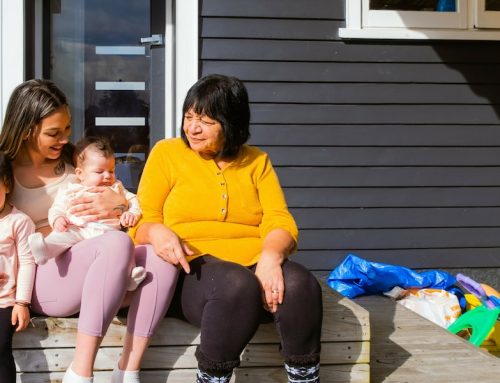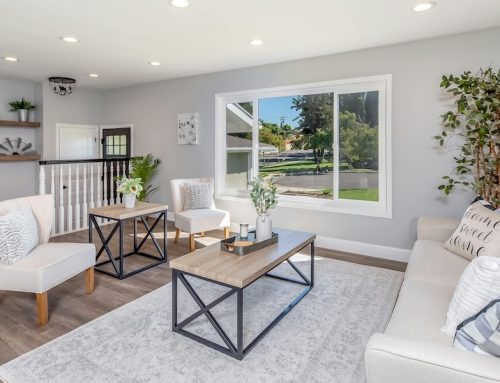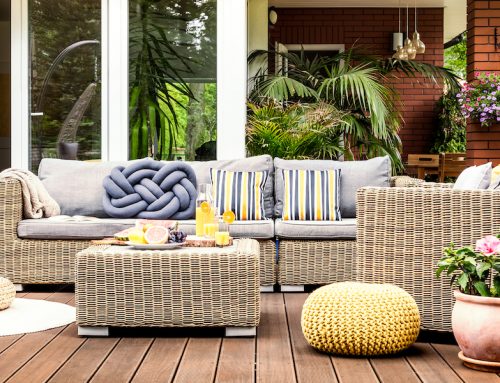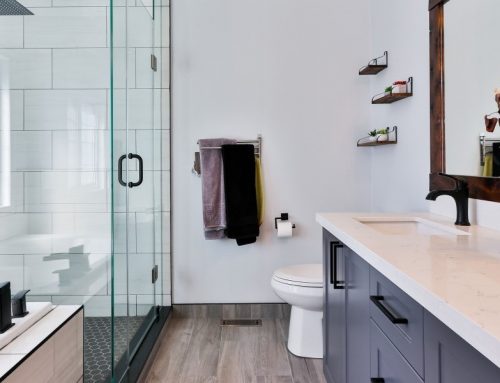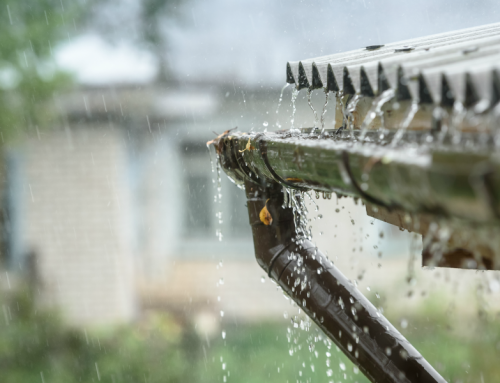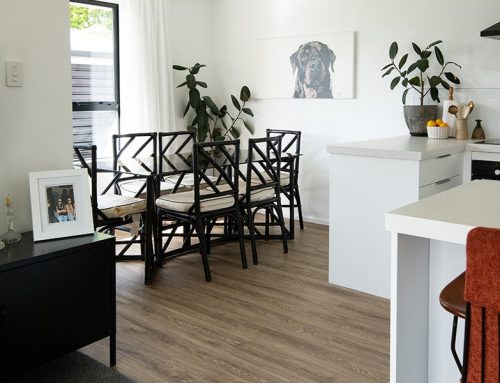Are you wondering what cladding to choose for your new build? Or, is your existing cladding looking dilapidated, and ripe for renovation? Maybe, you just want to fix that one section of rotten weatherboard?
If you’re weighing up your cladding options in New Zealand, needless to say it can get a little overwhelming knowing what material to choose, when to repair and when to replace.
So, for those at a crossroads with options, or who’ve found some damaged cladding in need of repair, this comprehensive cladding guide is for you.
All that and more covered below – let’s get into it!
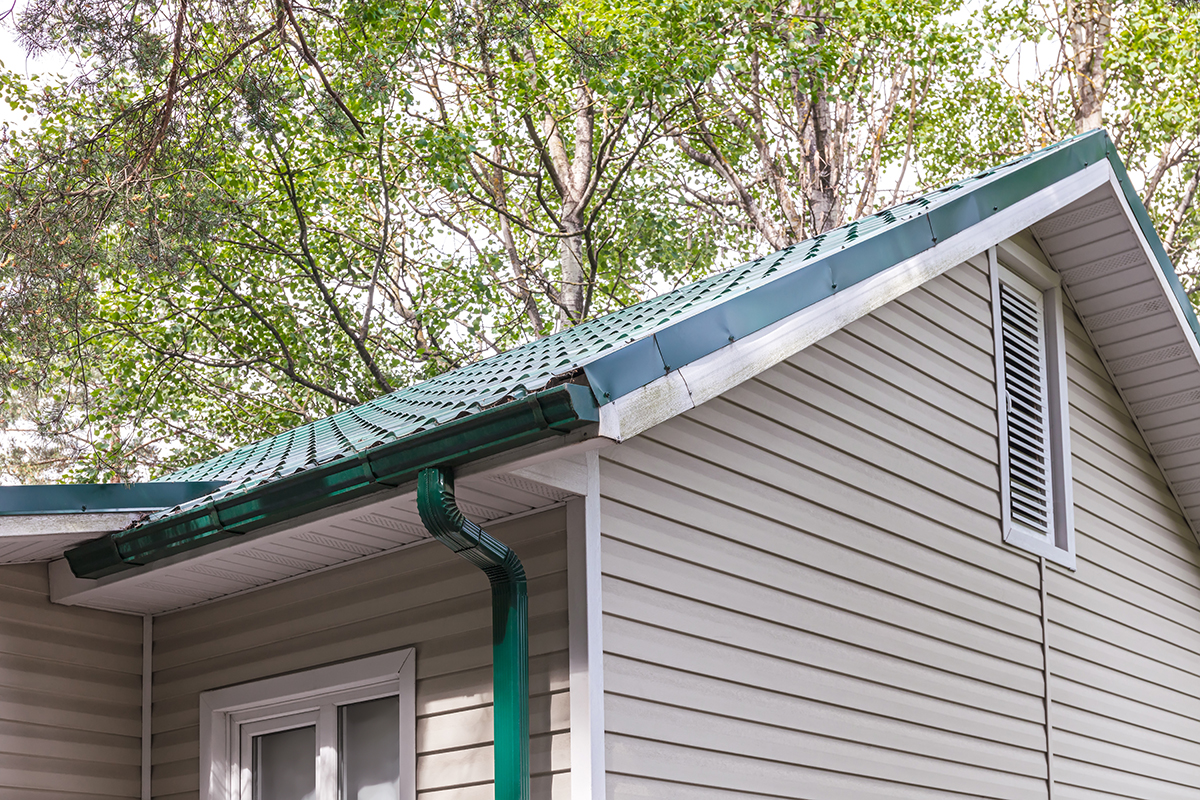
This house features vinyl weatherboards, otherwise known as UPVC cladding.
What cladding options are available in New Zealand?
- Timber weatherboards
- Brick (or brick veneer)
- Stone
- Vinyl weatherboards (UPVC)
- Fibre cement weatherboards
- Metal (aluminium and steel)
- Monolith (various types).
These are some of the most common, but by no means an exhaustive list. With each type of cladding comes a multitude of variations, materials and profiles for installation.
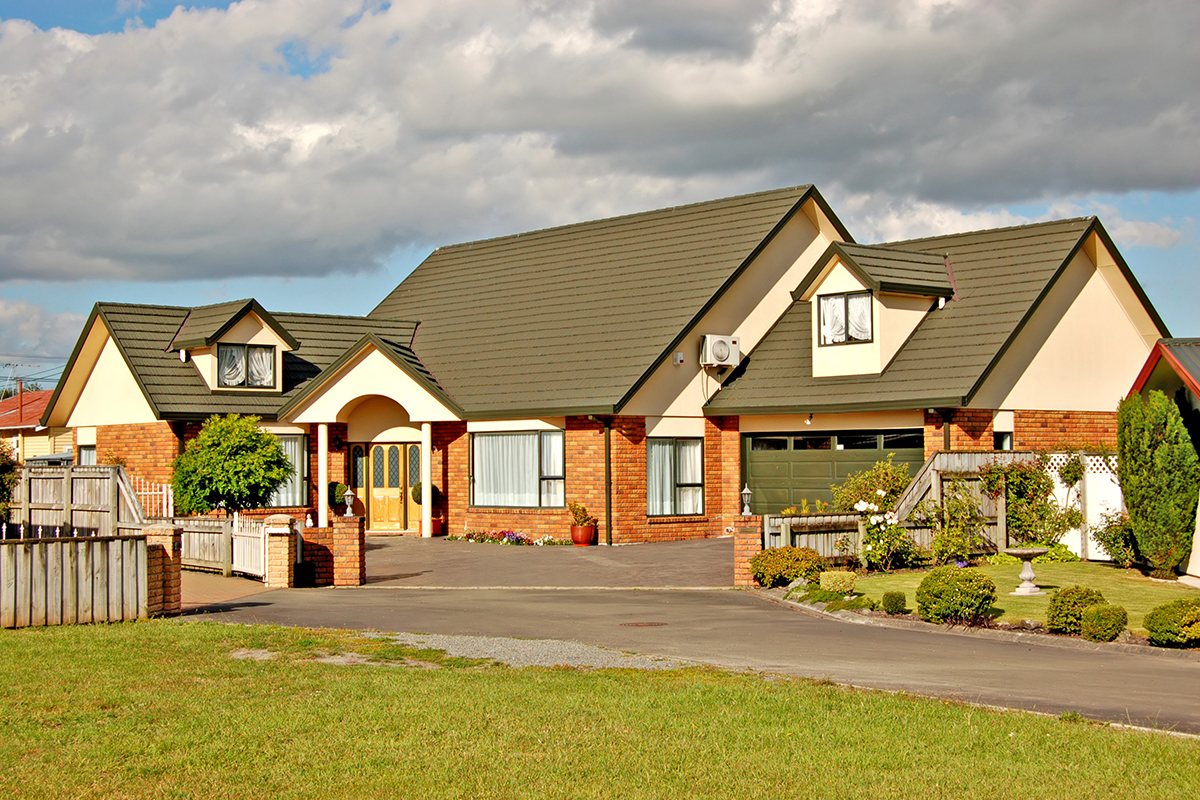
This house features a mixture of brick and plaster cladding.
What type of cladding is used in older homes in NZ?
- 1900s – 1920s: Villas and bungalows traditionally used weatherboard or brick cladding
- 1930s: Art deco houses used stucco, sometimes weatherboard and occasionally brick
- 1940s – 1960s: Houses most often used weatherboards, brick veneer, stucco or asbestos cladding
- 1970s: A range of new cladding materials or variations of existing materials emerged and houses most often used timber weatherboards, brick veneer, stucco or asbestos cladding. Homes started to feature a combination of brick and weatherboard together mainly for aesthetics
- 1980s – 2000s: Plaster-style monolithic cladding and direct-fix cladding systems were common and caused weathertightness issues, leading to the Leaky Homes saga. Regulators removed asbestos cement cladding as an option in NZ during this period, so asbestos is most likely to be found in buildings that were constructed before the mid-1980s and as late as the mid 1990s
- 2000s – now: The innovation continues, and we’ve seen the rise in popularity of cedar weatherboards, brick veneer combinations, along with metal, plaster over brick or poly, and fibre cement weatherboards.
The Leaky Homes saga highlighted the important role that cladding plays in a building’s structural integrity.
Buildings that have a high risk of leaking were mostly built between the late 1980s and the mid-2000s, using plaster-style monolithic cladding systems (they typically have an unbroken or smooth appearance).
The main issue with Leaky Homes was moisture getting in between the outside of the house (the cladding) and the inside walls.
Find out more about Leaky Homes.
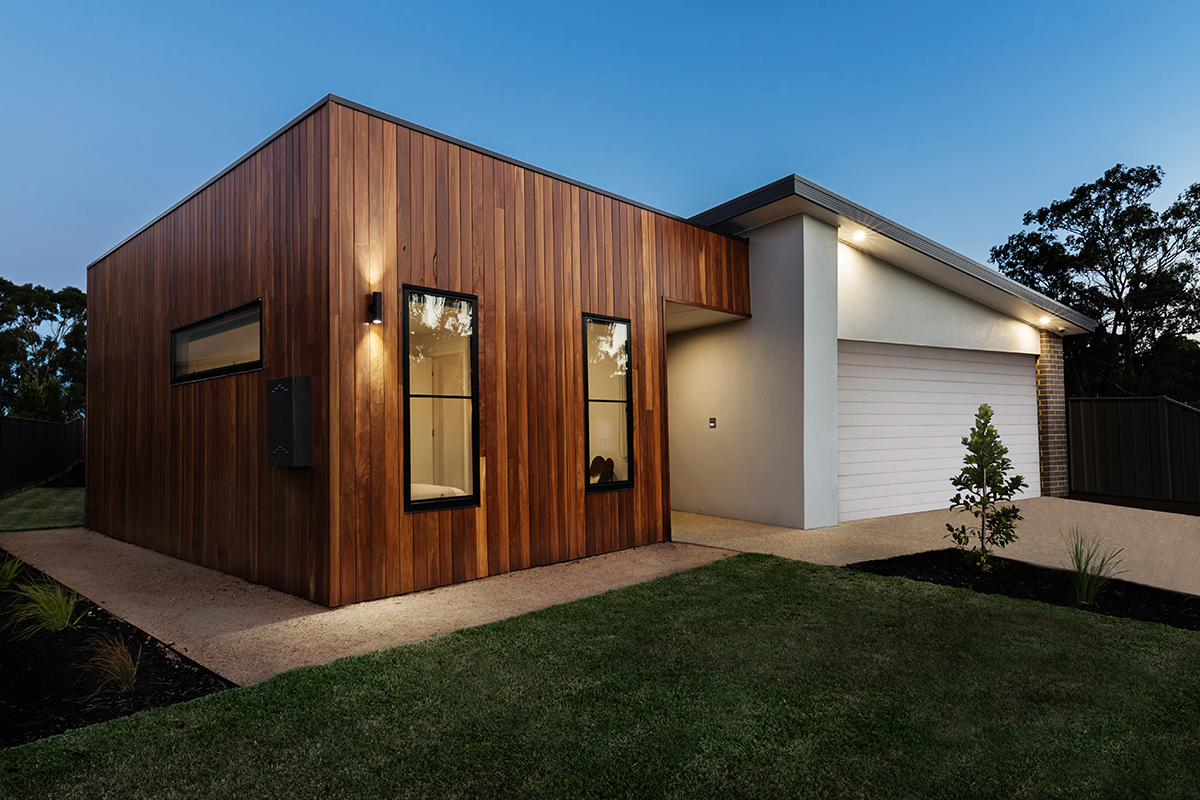
This house features modern timber cladding with a mix of plaster and brick.
What’s better: Brick or weatherboard?
Brick and weatherboard are two of the most popular cladding options in NZ. The short answer is: both are fantastic options — it all depends on your space, weather environment, location and maintenance.
It goes without saying that choosing the cladding for your new home is more than deciding what looks best. It also comes down to the type of home you’re building, what your local authority permits, the cost of different cladding types and the location of the house. Here’s some useful comparisons to help you decide.
Weatherboards: Pros and cons
Brick: Pros and cons
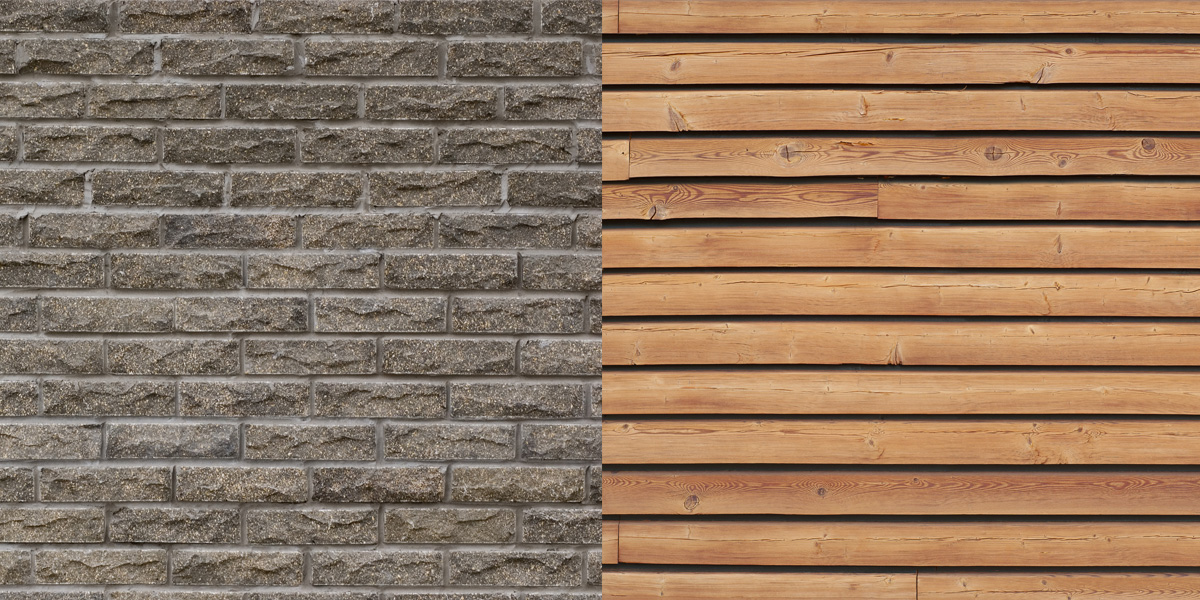
Brick vs weatherboard – the great Kiwi cladding debate.
Brick vs. weatherboard comparisons

This house features a mixture of metal cladding and timber weatherboard.
What are the pros and cons of other cladding materials in NZ?
Stone
- Pros: It has a long lifespan, is fire resistant and durable. It adds a natural, high-end appeal to a home, and is complementary to other cladding materials such as concrete and timber
- Cons: It’s considerably more expensive than other cladding options and can be time-consuming to install to the weight, adding to the overall cost.
Vinyl weatherboards (UPVC)
- Pros: Inexpensive, durable, and needs minimal maintenance. Plenty of finish options including smooth and wood grain to achieve a timber effect, making it a popular alternative to timber
- Cons: It can become brittle in extreme weather environments and has the potential to fade and warp over time. UPVC may need replacing sooner than other cladding types in certain conditions.
Fibre cement weatherboards
- Pros: Easy to install, durable and requires less maintenance than timber weatherboards. More resistant to moisture and rot due to the paint covering which can come in a variety of colours
- Cons: Heavier than timber weatherboards, subject to expansion and contraction which can end up putting the weatherboards out of line.
Metal (aluminium and steel)
- Pros: Fully recyclable, available in a range of colours and styles including weatherboard and industrial panels. Can last 25-40 years and longer with maintenance, with aluminium generally lasting longer than steel and coloured steel
- Cons: Can usually be more expensive, and aluminium composite panel (ACP) can be more susceptible to weather-related damage.
Monolith
There’s three common materials used for monolith style cladding: plastered polystyrene, plastered fibre cement, or stucco (sand/cement mix).
- Pros: Modern plaster cladding systems have adapted since 2004 with the introduction of cavity systems and stricter code requirements. With learnings taken from the Leaky Homes saga, you can still use plaster to get a smooth and seamless finish
- Cons: Buildings with this cladding (built between the late 1980s and the mid-2000s) need to be inspected thoroughly as they are at risk of having weather-tightness problems.
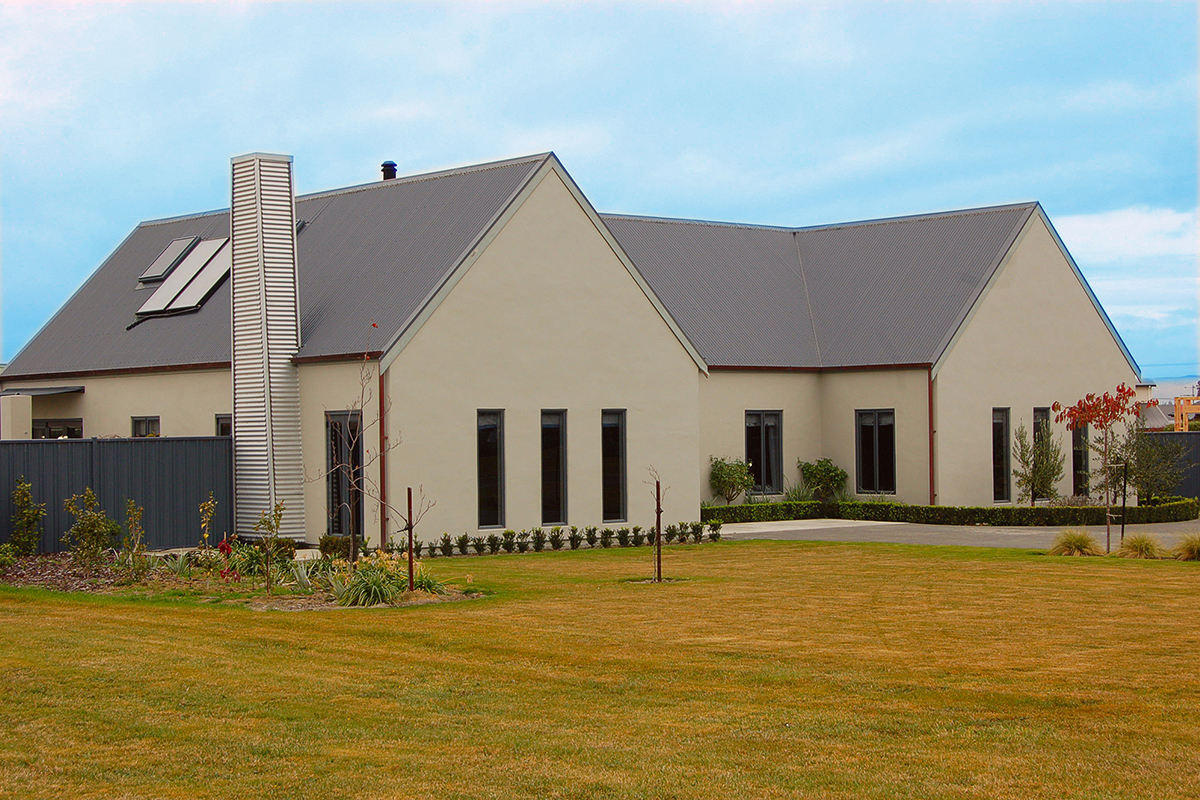
This house features monolith cladding.
What cladding option should I choose for my new build or reclad?
Cladding is only required by NZ law to have a 15-year lifespan. Crazy, right? Especially considering a modern house is supposed to last for 50+ years.
Factor this in when making your cladding decision and opt for a higher-spec product if you have the budget.
Tips for choosing new cladding materials
- Check the insulation rating (R-value)
- Balance the installation cost against ongoing savings
- Consider your local climate and weather requirements
- Consult whether your choice will affect your home’s structural integrity
- Check the fire resistance of each option
- Utilise our Cost Estimator to get an idea of your budget.
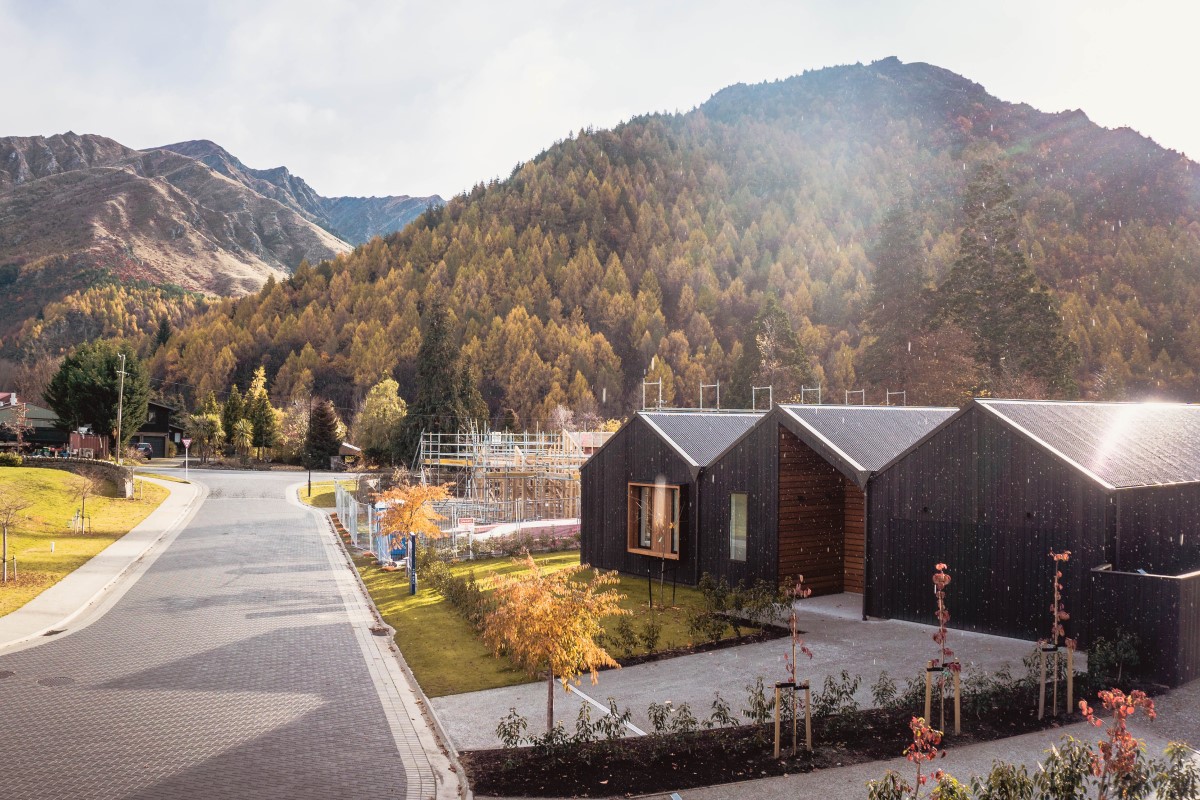
This new build features timber weatherboard cladding.
Should I repair or reclad?
If you’ve found some damage to your cladding, or you suspect it’s had its time, you’ve got a couple of options. Let’s use timber weatherboards as an example.
Option A: Targeted repairs
Target repairs are good for removing and replacing a small area of damage e.g. rotten wood in a couple of weatherboards, where the extent of the damage is limited to the cladding only (and not structural damage). The repair can be relatively inexpensive, with costs involving replacement timber and the time to bog, sand and repaint the area.
Option B: Partial reclad
Partial recladding may be a good option where the damage is not widespread and can be isolated to a single face, cladding type or portion of a clearly defined wall area. It’s important to get to the root of the issue to ensure the same defects don’t exist in other areas of the cladding.
Option C: Full reclad
Recladding your home will not only breathe new life into its appearance, but it’ll also bring it up to the current Building Code. A full reclad gives you the ability to identify and repair all damage to framing and linings and get to the bottom of any water leakage. It’s a big job that requires careful evaluation before being confirmed as a worthwhile renovation. For monolithic-clad buildings with face-fixed cladding, full recladding is often the most appropriate solution to address and achieve on-going weathertightness performance.
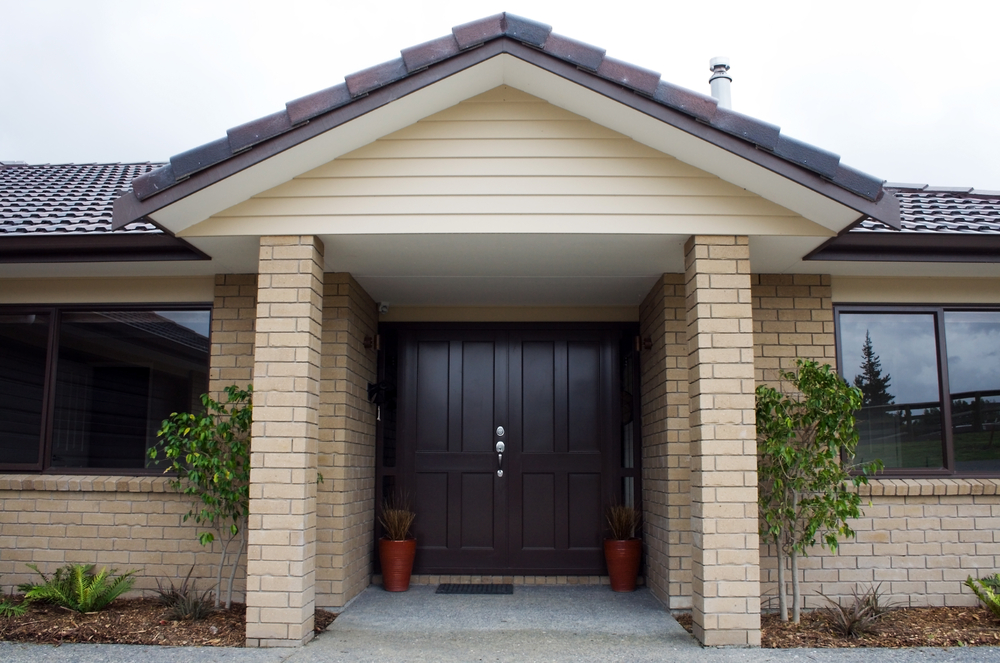
Brick and weatherboard exterior.
How can I maintain my home’s cladding?
Regular cladding maintenance can dramatically extend the lifespan of your cladding materials. Here’s some tips on how to maintain your cladding:
- It’s always best to check the manufacturer’s maintenance requirements, they vary greatly between materials
- Clean once a year for most locations, and three times a year if next to marine and sea spray zones
- Water-blasting can lead to long-term damage, so try to carry out cleaning with a low-pressure hose, a soft brush and a gentle detergent
- A good paint job goes a long way, but make sure the paint used is compatible with the cladding.
Key takeaways
These are the key takeaways you need to know when considering your cladding options in NZ.
There you have it — a comprehensive guide to cladding options in NZ. We hope it’s made life a little easier for choosing a cladding material, and knowing what kind of cladding repairs you can do to maintain the value of your home.
